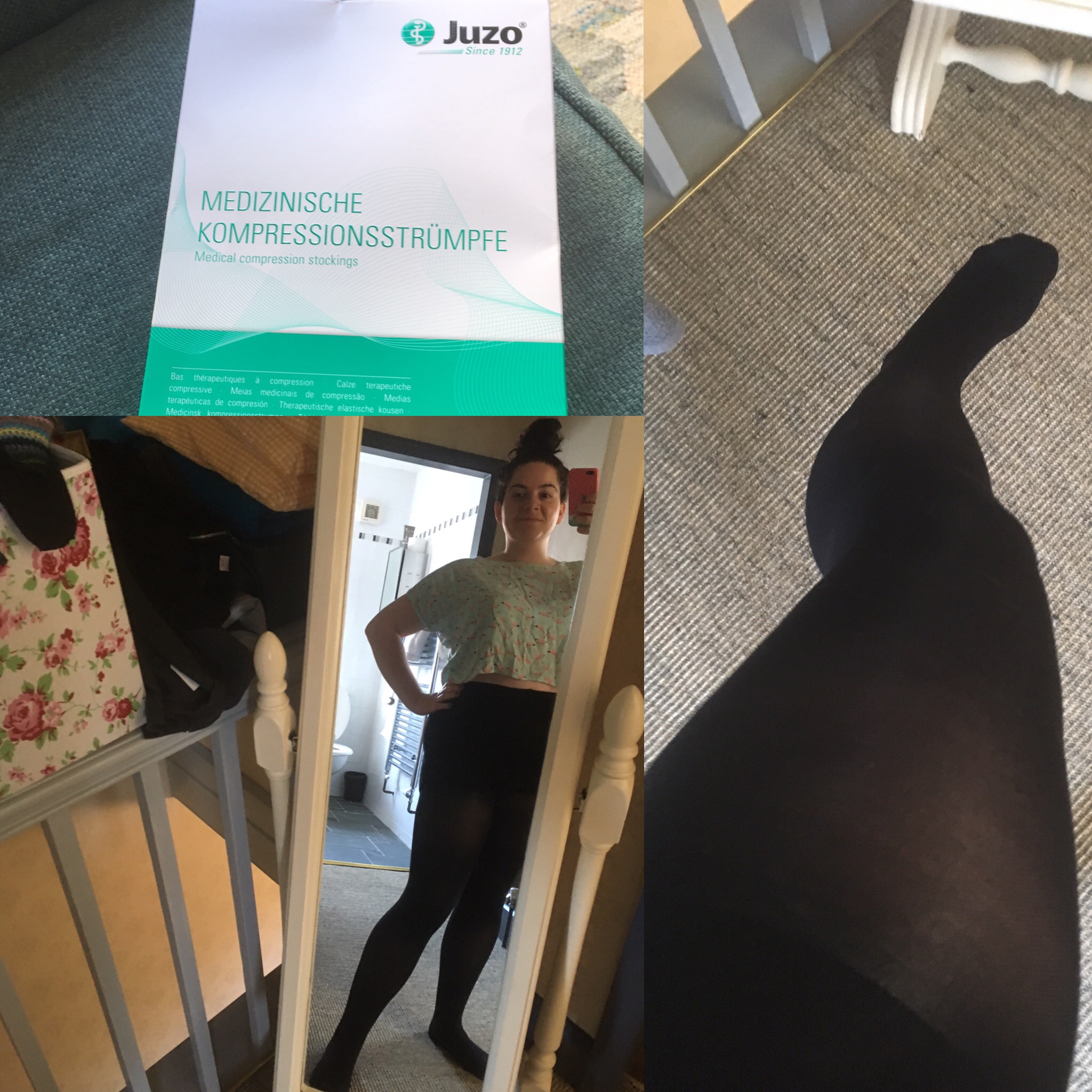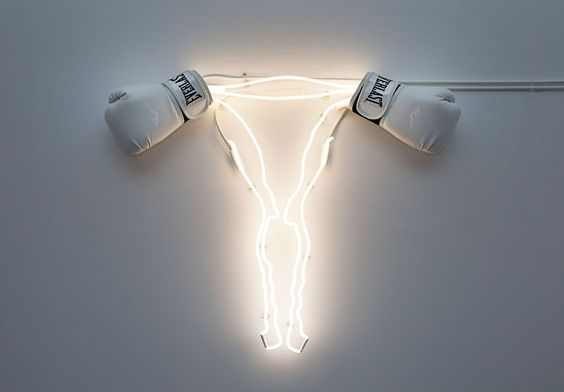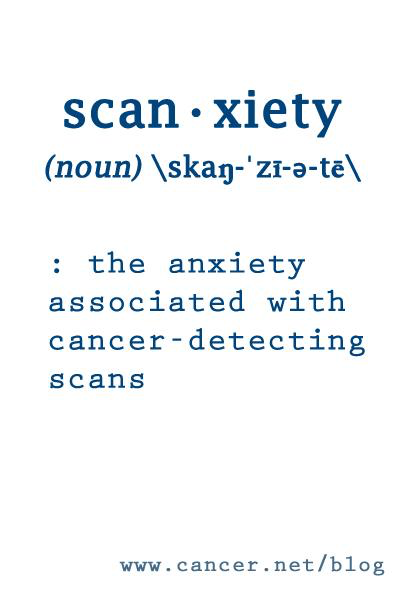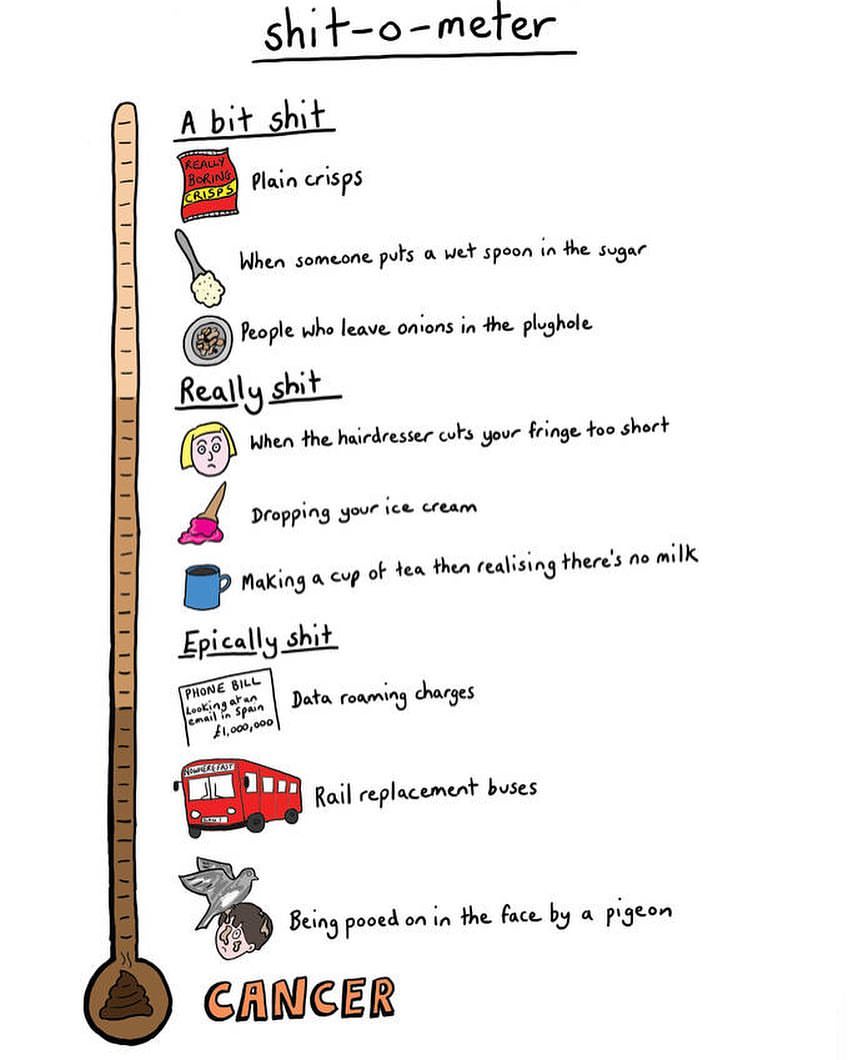Lymphoedema – what it is, prevention and management
Today my super sexy lymphoedema prevention tights arrived so I thought I would write a bit about lymphoedema.
The lymphatic system is part of the body’s immune system, helping to protect from diesease and infection. The lymphatic system is made up of lots of lymph nodes, lymph vessels and lymph fluid. Lymph fluid flows through lymph vessels that connect lymph nodes. Lymph nodes essentially act as a filter, they contain white blood cells (lymphocytes), which attack and break down bacteria, viruses and damaged cells. Any destroyed bacteria or waste products are then transported via the lymph fluid to the bloodstream to be excreted. Sometimes lymph nodes trap bacteria or viruses that take longer to destroy and when this happens they can become swollen and tender.
Lymphoedema developes when blockage or damage prevents lymph fluid from passing through the vessels or lymph nodes and the fluid cannot drain away in the normal way. The fluid then builds up between body tissues and causes swelling. Lymphoedema is a chronic swelling, meaning it cannot be cured because the causes can’t be reversed. However, for most people the swelling can be reduced, particularly when it’s diagnosed early.
In cancer patients lymphoedema can be caused by cancer itself that has begun or spread to the lymph nodes or that presses on the lymph vessels, radiotherapy treatment or surgery to remove lymph nodes.
I had 28 pelvic lymph nodes removed, spread to lymph nodes and will be having radiotherapy which means that I am at high risk of developing lymphoedema. Most hospitals in the UK take a curative approach to lymphoedema, but I was super lucky to be referred to The Royal Marsden, the worlds first hospital dedicated to cancer, who just so happen to take a preventative approach to lymphoedema. So, I had an appointment with a specialist physiotherapist who gave me some guidance on how I could help prevent developing lymphoedema and measured me up for some support tights which work much like compression (anti-embolism/DVT) stockings but also apply pressure to lymph nodes and vessels encouraging movement of fluid. I have to wear the tights everyday for about 6 months and I will have to take care of my legs and feet indefinitely. It means making some changes; no more walking around bare foot 🙁 and I have to moisturise regularly and I’m not supposed to run or do any high energy/high impact exercise for a while. Of course there is no guarantee I won’t develop lymphoedema anyway, but at least I will know I did everything I could to prevent it.
For anyone at risk or experiencing lymphoedema or for anyone supporting someone with lymphoedema it is well worth taking your time to understand what it is, what the risk factors are and what you can do to prevent/manage it.
Lymphoedema links:
http://www.macmillan.org.uk/information-and-support/coping/side-effects-and-symptoms/lymphoedema
http://www.lymphoedema.org/index.php/information-and-support/what-is-lymphoedema
http://www.nhs.uk/Conditions/Lymphoedema/Pages/Introduction.aspx





